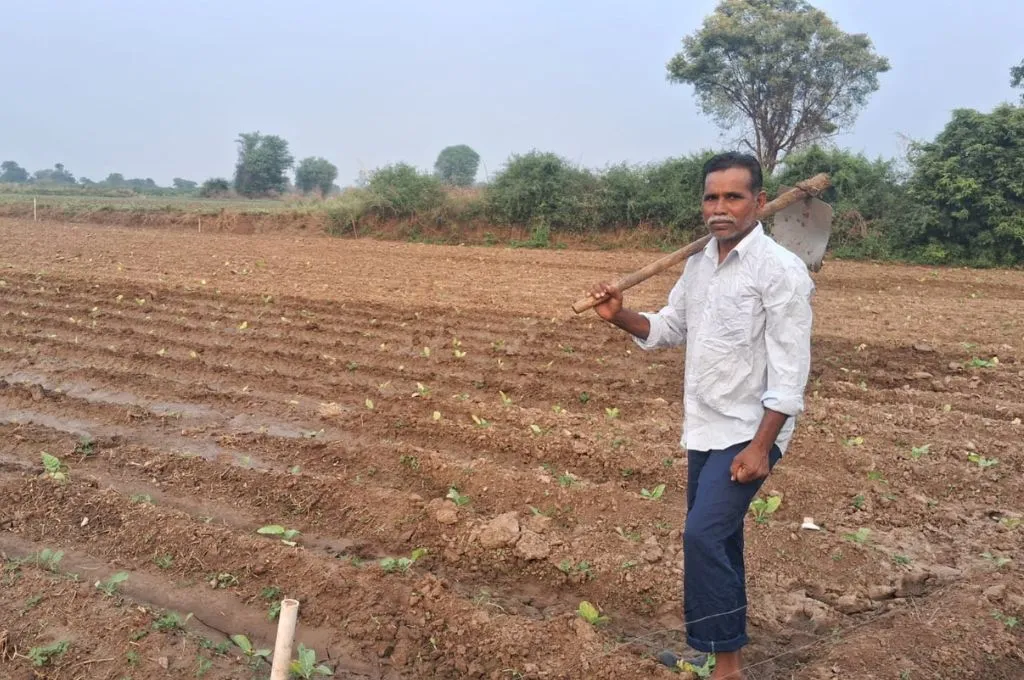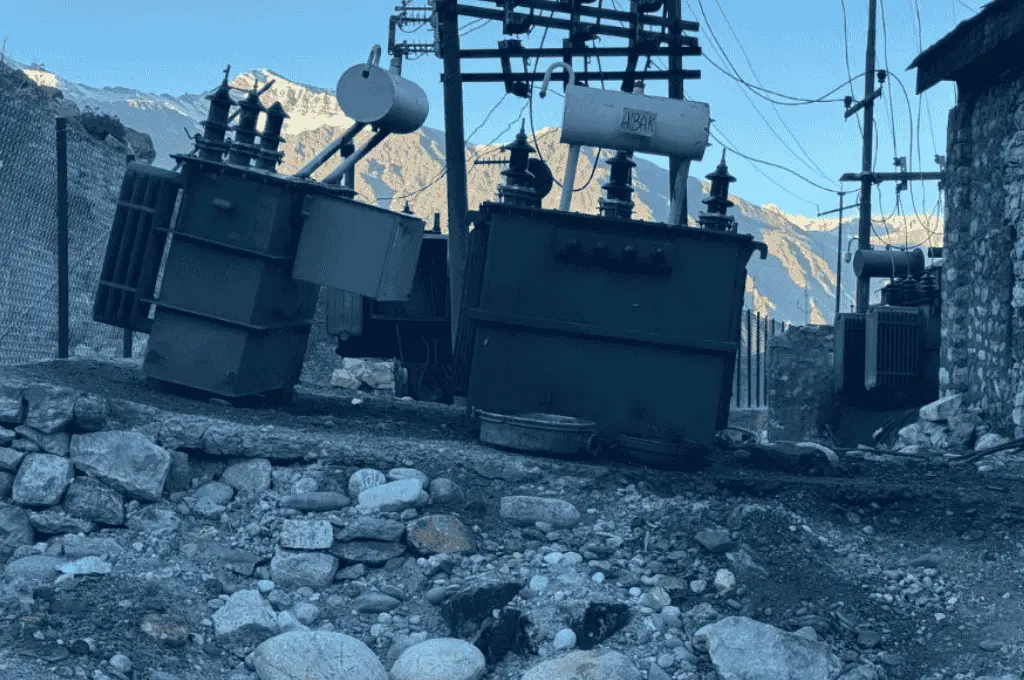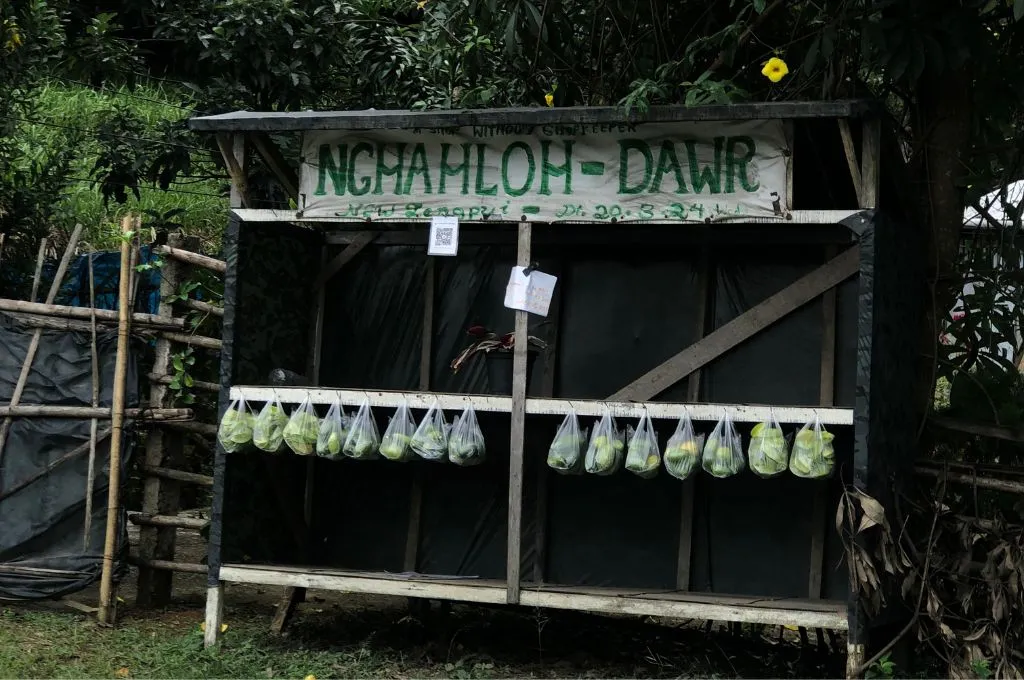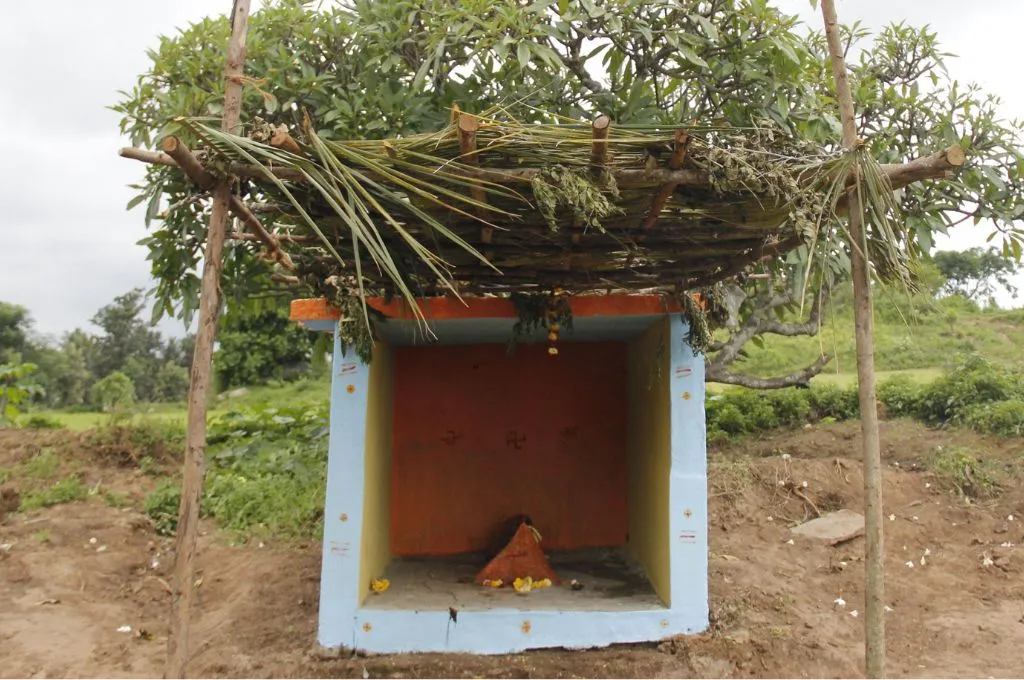The wolf of Zanskar valley
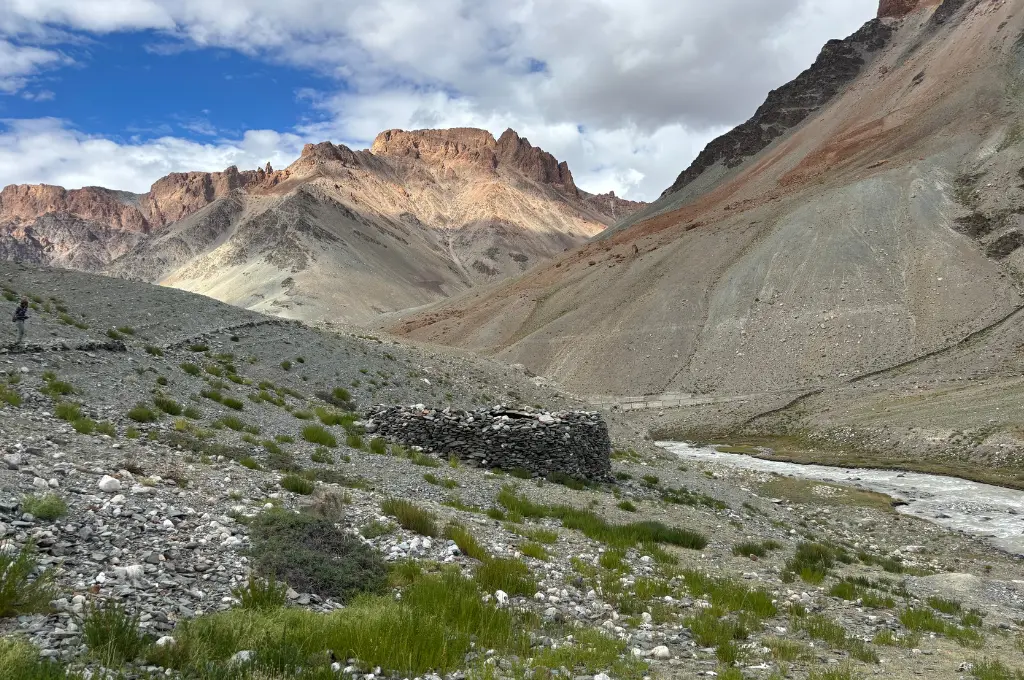
I live in Zanskar valley in Ladakh, which is inhabited by a number of wild animals. Among them is the shangku or shanku (also known as the Tibetan wolf)—a top predator that roams the snow-covered mountains. Normally, they feed on wild ibex and other grazing animals that live high up on the mountains. But when prey is scarce, the shangku venture into villages and attack livestock such as goats, sheep, and sometimes even yaks.
This can be a huge loss for the villages, especially since yaks are incredibly valuable. A single yak can cost INR 80,000 to INR 1,00,000, and families spend years feeding and raising one. Yaks provide milk and fibre, which are essential to livelihoods in the region. They are also used for transportation in rugged high-altitude terrains. Losing even a single animal can set a household back significantly.
Additionally, in recent years, climate-change-induced glacier melt and warmer weather patterns have led to major shifts in the region’s vegetation. As a result, the blue sheep and ibex are moving further down closer to human settlements in search of food, and the shangku follow. This is leading to a rise in human–wolf conflict.
While there are policies to ensure that people receive compensation when a wolf kills their livestock, the process is complicated and involves lengthy paperwork. To make matters worse, government offices are often far away from the valley. It is also unpredictable whether the ranger or warden would approve the application. And when applications do get approved, the compensation is a meagre INR 15,000—not even a quarter of how much a yak costs.
While various nonprofits work in regions across Ladakh to help reduce this conflict, this penetration remains very low in the remote regions of Lungnak valley in south eastern Zanskar. As a result, communities are left unsupported and navigate these challenges on their own.
The shangku is now listed as a vulnerable species on the IUCN Red List.
Tenzin Loden is a Green Hub x Royal Enfield Western Himalayan Hub fellow.
—
Know more: Learn about how climate change in Ladakh is causing a health crisis.
